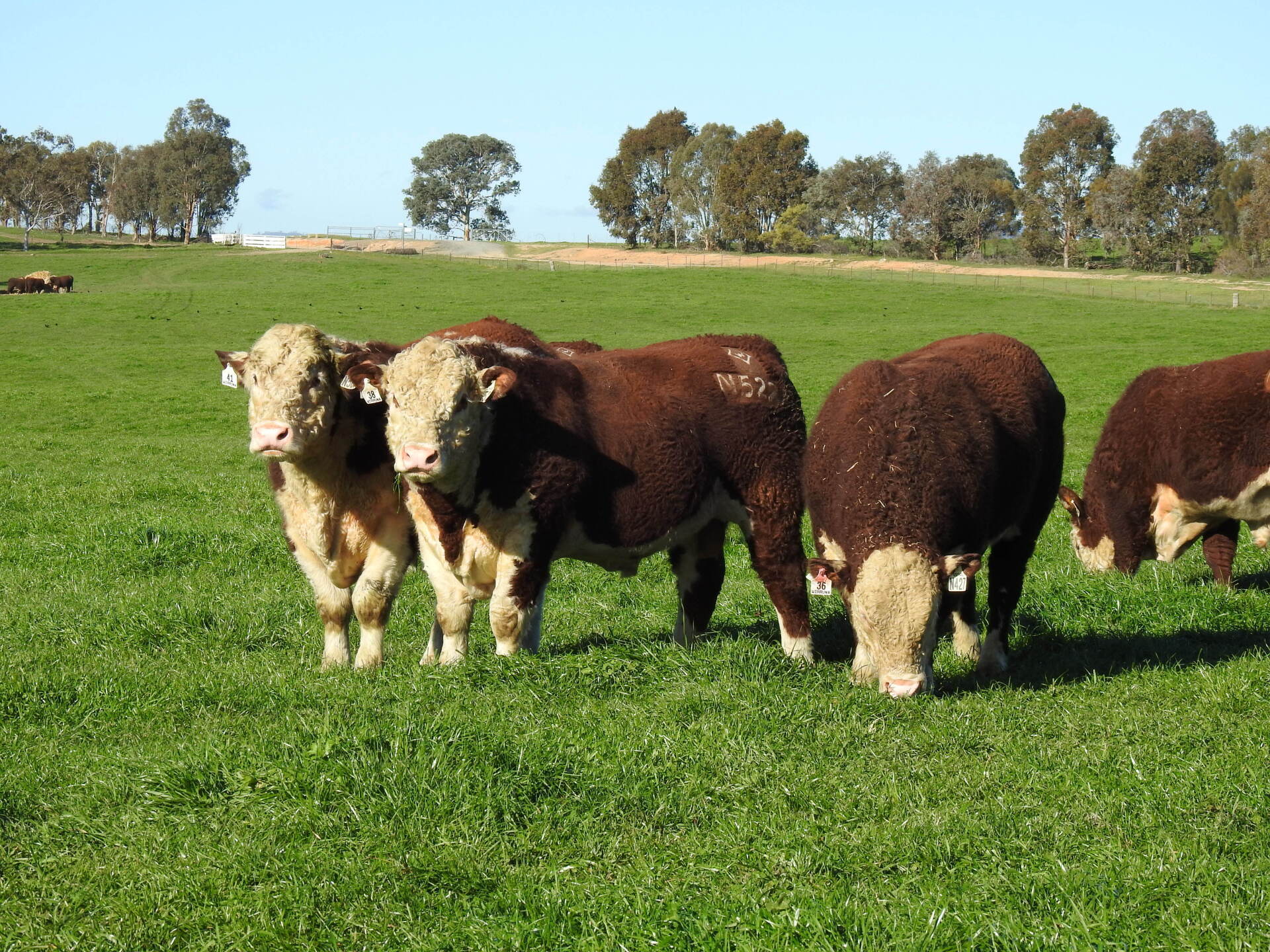1MG FlippingBooks
Pacific Biologics’ boluses boost cattle farmers’ production gains
Across Australia there is increasing demand for boluses, which aid in the prevention of trace element deficiencies in cattle and can in turn boost growth rates, fertility and milk production.

A healthy cow is a high-producing cow — and that equals a happy farmer. Adding trace elements to a cattle nutrition program can heighten an animal’s performance and the overall health of the herd.
Mark Jones from Pacific Biologics, a market leader in bolus technology and the national distributor for Agrimin Bolus products including All-Trace, says boluses are the most reliable way to deliver a variety of trace elements including but not limited to copper, zinc, selenium and even calcium.
“Boluses are a guaranteed way of delivering a product to an animal and you know every animal’s got it. They are the future,” he says.
Pacific Biologics provides boluses to support fertility, weight gain and milk production, those approved for use in organic systems, and products for sheep. The capsules settle in the reticulum and dissolve over a controlled timeframe, releasing a continuous supply of supplements.
“It’s as if you were giving the animal a tablet every day, like a daily multivitamin,” Mr Jones says.
One dose can last several months, which Mr Jones says gives boluses an advantage over injectable products that “generally provide sufficient trace elements for a couple of weeks”.
“We have copper capsules that last 12 months. We have All-Trace boluses [1] which deliver seven trace elements and three vitamins over eight months,” he says.
A cattle farmer himself, Mr Jones says boluses free farmers from the guesswork of mixed ration delivery and offer more certainty than ad-libitum feeding, where bullies often get too much as shy feeders miss out.
While the oral delivery system can spark hesitation, particularly for farmers with larger herds, Mr Jones says application[2] is easy with good yards and a crush.
“Crush technology and design is far superior to what it used to be. Animal flow is better. You have significantly more restraint over an animal’s head,” Mr Jones says.
“Once somebody uses boluses, they tend to use them every year. Our largest single client uses 10,000 doses, but like most they started off buying 100 or 200 doses.”
Pacific Biologics expanded into the rural sector in 2005 as a subsidiary of Clarke, a family-owned company that has been at the forefront of disease vector control in the public health sector.
“Clarke saves thousands of peoples’ lives every year from vector-borne diseases. Knowing the company you work for is making a difference is very satisfying” Mr Jones says.
He is proud of the company’s commitment to sustainability, and the way profits are utilised for philanthropy; a few years ago Burrumbuttock Hay Runners received a $26,000 donation.
Pacific Biologics is currently registering a number of new bolus products with their partners Agrimin, a costly process that takes around two years but ultimately makes an invaluable difference in the paddock.
“Our job isn’t just to sell something for the sake of it. Australian producers are in the business of making meat, milk and wool, it’s our job to provide profitable products that support this endeavor for the long-term viability of our industry,” Mr Jones says.
Company email address: markjones@pacificbiologics.com.au
Company website: http://www.pacificbiologics.com.au/rural/
Product catalogue: http://www.pacificbiologics.com.au/rural/index.php/nutritional-products/cattle
















